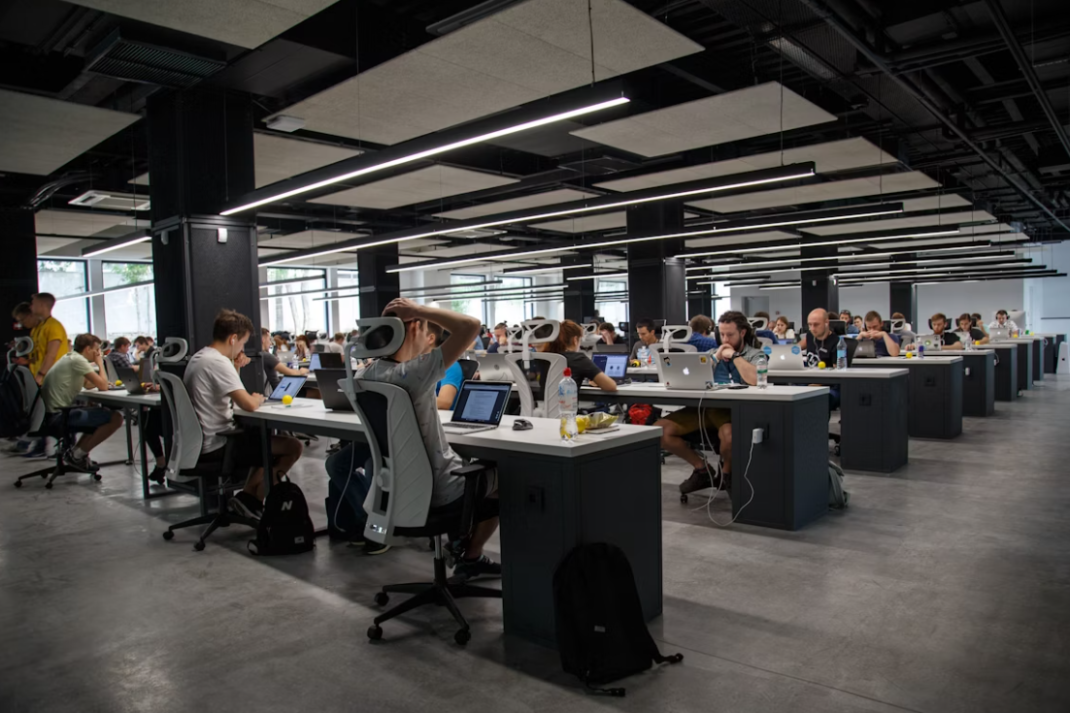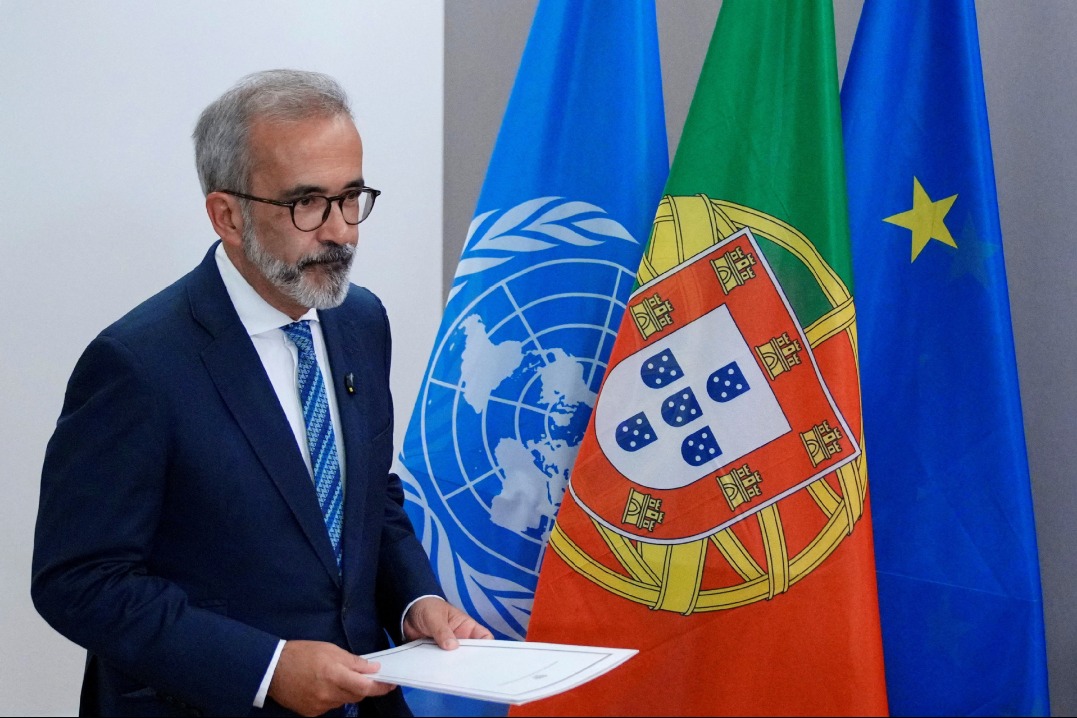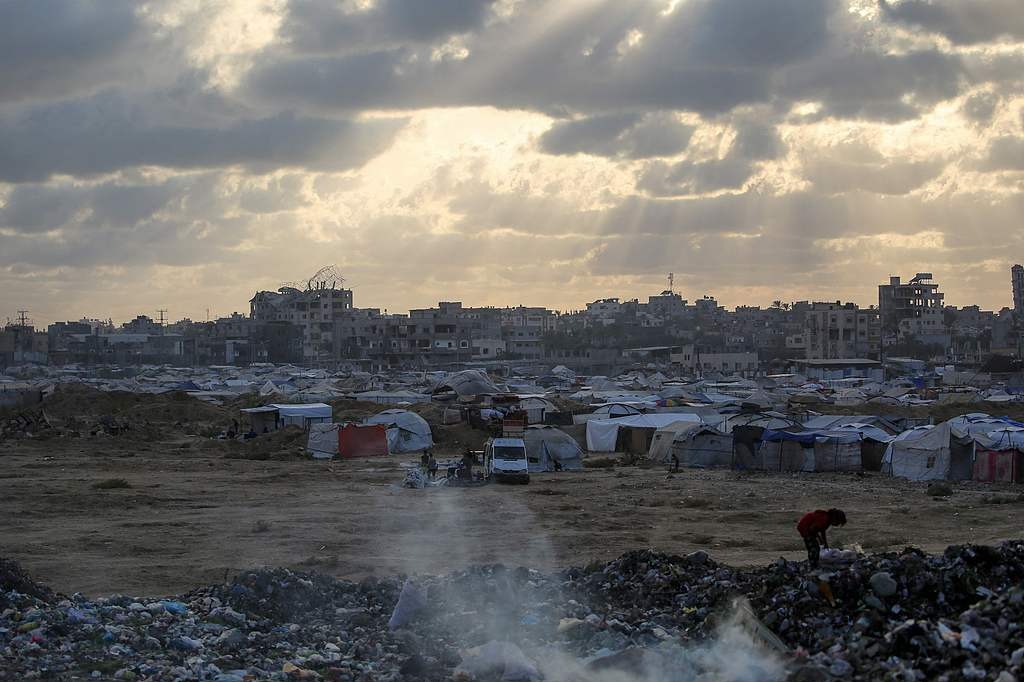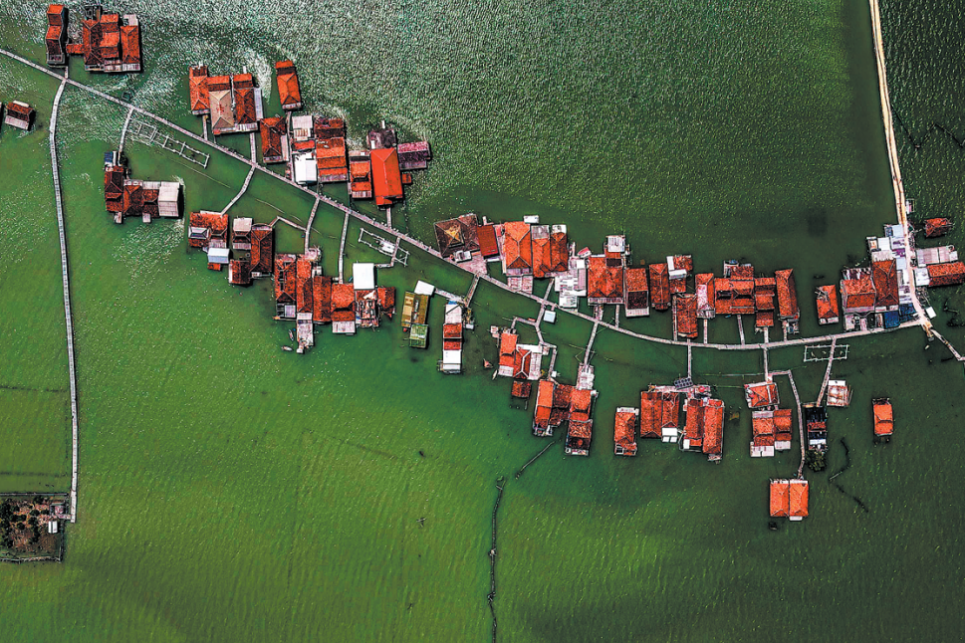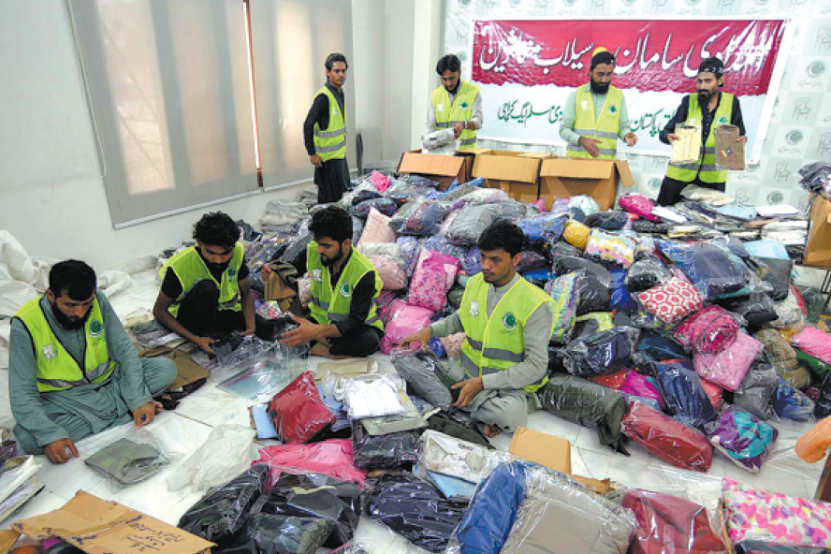China's development offers example for Horn of Africa

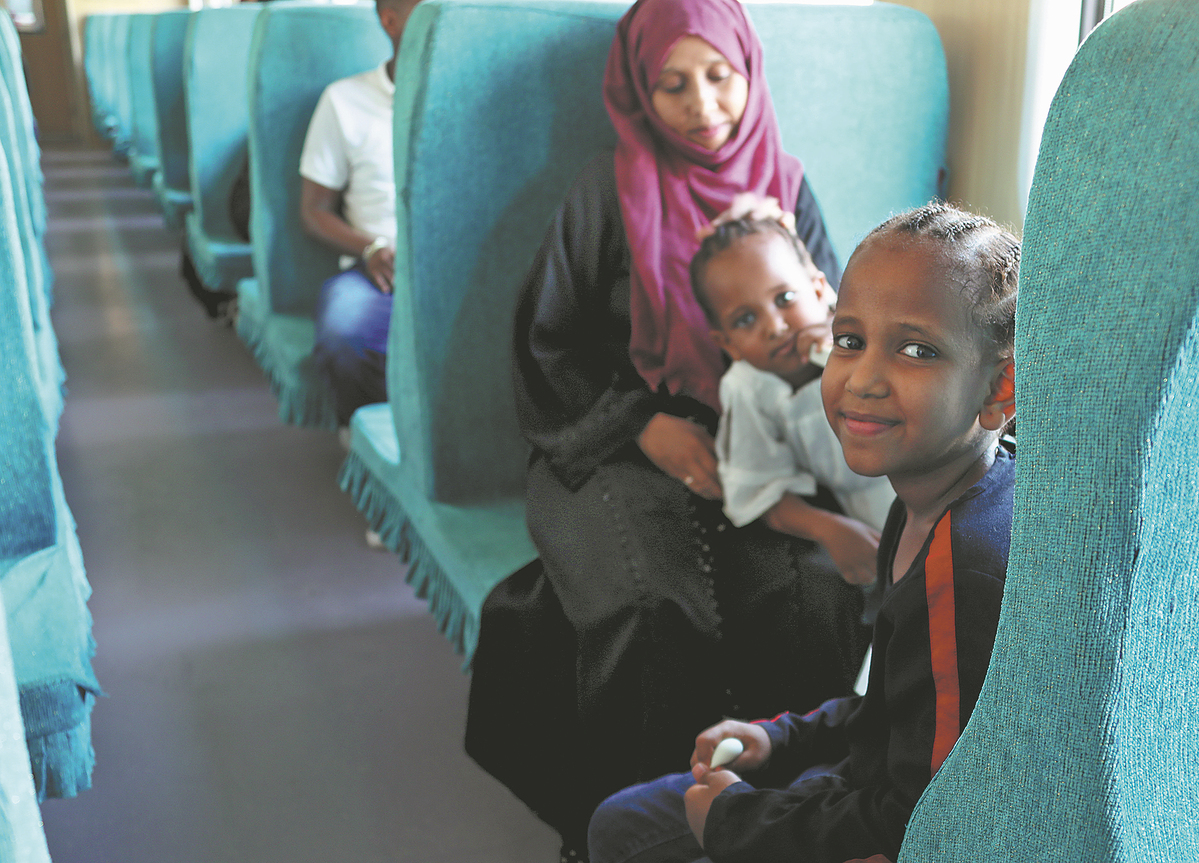
The Horn of Africa, a rhinoceros horn-shaped peninsula in the easternmost part of the African continent, continues to face a complex web of challenges, such as protracted intrastate and interstate conflicts, climate change, poverty, inadequate infrastructure and economic fragility.
Most of the countries in the Horn of Africa region, such as Somalia, Ethiopia, Eritrea, Sudan and South Sudan, continue to bear the scars of decades of instability, having produced large numbers of refugees and internally displaced people.
According to the Institute for Security Studies, countries in the Horn of Africa were ranked near the bottom on the 2019 Human Development Index. Furthermore, the institute reported that most of the Horn of Africa countries will not be able to achieve the United Nations' 2030 Agenda for Sustainable Development Goals concerning the eradication of extreme poverty, using World Bank measures.
Thus, some of China's proposals and solutions, based on its peaceful and people-centered development experiences, can play an important role in mitigating this challenge and fast-track the achievements of the SDGs in the Horn of Africa region.
In 2022, China proposed the Outlook on Peace and Development in the Horn of Africa initiative. Just like the many public goods proposed by China, such as the Global Development Initiative, the Global Security Initiative, the Global Civilization Initiative and now the Global Governance Initiative, the Horn of Africa initiative seeks to provide a platform for regional countries in Africa to jointly explore pathways toward peace and development through dialogue, and support regional efforts to achieve stronger solidarity in addressing the triple challenges of security, development and governance, within the larger framework of the Belt and Road Initiative.
At the helm of China's proposed initiative for the Horn of Africa are two principal axes of the BRI — the Standard Gauge Railway in Kenya and the Addis Ababa-Djibouti Railway — which, together with the East Africa coast and Red Sea coast, form a development framework known as the "two axes plus two coasts". This has created a positive cycle of "logistics channel, industry agglomeration, trade upgrading and common development" to provide support for regional common prosperity, actively integrating into global value chains and expanding international cooperation.
The Standard Gauge Railway in Kenya is rightly associated with peace and development.
The railway, after its completion, will be emerging as a formidable economic belt connecting the port of Mombasa to Naivasha via Nairobi, and ultimately linking landlocked countries like Rwanda, Uganda, South Sudan, Burundi and the Democratic Republic of Congo to Africa's Atlantic coast.
The railway in Kenya will also link those landlocked countries to Ethiopia, Somalia and Sudan in the future web of a trans-African railway network.
In Ethiopia, which has experienced armed conflicts in its Amhara and Oromia regions and rising tensions in Tigray, the Addis Ababa-Djibouti Railway has significantly transformed the country by improving trade efficiency, reducing transportation costs and fostering regional integration. It has also created job opportunities and spurred industrial development along the route.
The railway line has also attracted Chinese investors to Addis Ababa, with the Investment Commission of Ethiopia reporting that the nation secured $3.92 billion in new foreign direct investment in 2024, with China representing half of that. In addition, there are approximately 4,510 projects managed by Chinese entities in Ethiopia, making China the top foreign investor in terms of both financial input and project count.
China's people-centered development made Somalia among the first to welcome its initiative in the Horn of Africa. In South Sudan, which has seen conflict more than peace, China has been at the forefront in supporting humanitarian development.
Knowing that peace and development are intertwined, China has prioritized long-term infrastructure investment, such as railways, roads, digital infrastructure and energy, which the region has lacked for decades due to protracted insecurity.
This has ushered in a new era of connectivity, productivity and modernization in the Horn of Africa, laying the foundation for an inclusive, pan-African renaissance.
To ensure that the region is protected and developed and the fruits of the BRI are realized on all fronts, which facilitates cross-border infrastructure and regional economic integration, countries in the Horn of Africa must prioritize preventive diplomacy to safeguard the development gains achieved across the region.
The author is executive director of the China-Africa Center at the Nairobi-based Africa Policy Institute.
The views do not necessarily reflect those of China Daily.



















